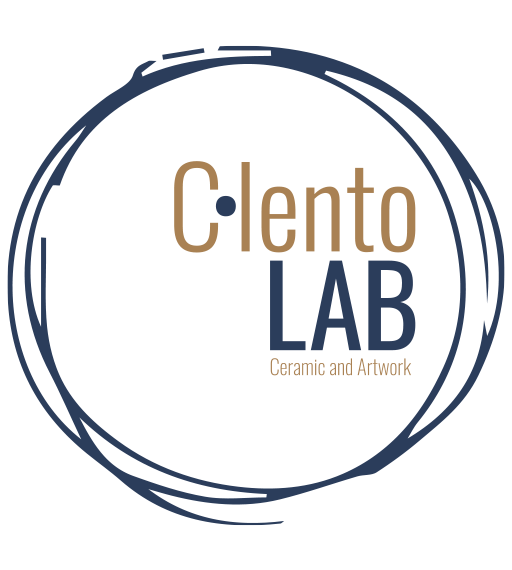Where is CilentoLab located?
CilentoLab is in Orria, a small village located in the heart of the Cilento, Vallo di Diano and Alburni National Park. A magical place that few people know about, where time has stood still, where people all know each other, where home is bounded by village boundaries, where nature is unspoiled and embraces you with long-range landscapes that start from the hills and reach the sea.
CilentoLab is here to help preserve these places because they represent a quality of life now forgotten by most and precisely why they are so necessary.
When you arrive here you feel lost, we are no longer used to these rhythms, but if you stay a while you begin to see the world and ourselves differently and everything changes irreversibly.
Inland Cilento is all about discovery
Orria is one of more than 80 municipalities in the Cilento region.
Cilento is known because it is the largest national park in Italy and has been on the UNESCO World Heritage list for more than 20 years, along with the Paestum Archaeological Park, the Veliae Archaeological Park, and the Certosa of Padula.
Cilento has a beautiful coastline with many beaches, one different from the other, and a crystal clear sea studded with Blue Flags.
It has many well-known locations: thenatural arch in Palinuro, the Pertosa caves, those of Castelcivita, the abandoned village of Roscigno Vecchia, the Venus’ Hair waterfall in Casaletto Spartano, the Museum of the Mediterranean Diet in Pioppi, where Ancel Keys wrote the Mediterranean Diet, Castellabate where the movie “Welcome to the South” was filmed, Pollica where the movie “The Fisherman Mayor” was filmed, and much more.
Cilento has many municipalities on the coast, but also many inland villages, in the hills or in the mountains, mostly born in the Middle Ages during the Longobard period and with the influence of Basilian and Benedictine monks who gave the impetus to the growth of these towns.
Escape the city and live in nature
Cilento therefore is not only sea, its inland villages are the answer to the need to escape from the frenzy that characterizes city life, which often makes us feel confused and tired. These countries are the right places to relax, observe the beauty of the landscapes and the magnificence of nature, live with the local people, and recharge the energy needed to return to everyday life.
Inland Cilento is rich in hidden places, represents a different pace of life, and offers typical cuisine and many local products. The calm and slow rhythm allows the whole proceeding to grasp every extraordinary detail.
How to make life in these hamlets sustainable?
These hamlets are in danger of depopulation, which is unfortunate, so there is an urgent need to bring hope back to the local youth and make life sustainable .
Everyone can lend a hand through sustainable tourism and the circular economy.
Choose Cilento, have experiences with us, buy our products.
How to get to Orria
Orria is 15 minutes from the Omignano exit on S. P. 18, which connects Agropoli to Vallo della Lucania and then goes beyond to Palinuro. Heading up to the village, one travels along a road through the hills, lined with olive trees, fig-trees, vineyards, and uncultivated areas, the absolute realm of broom, strawberry trees, heather, myrtle, and many other Mediterranean scrub plants. It is not difficult to cross paths with wild animals typical of the Cilento and Vallo di Diano National Park such as weasels, beech martens, foxes, and more. Before arriving in the capital, one crosses the Fiumara and encounters the contrada of Casino Lebano. We climb further, keeping to the left, and when we seem very close to the village of Perito on the other side of the hill, we enter Orria. The hamlet of Piano Vetrale the Land of Murals should definitely be included in the itinerary.

